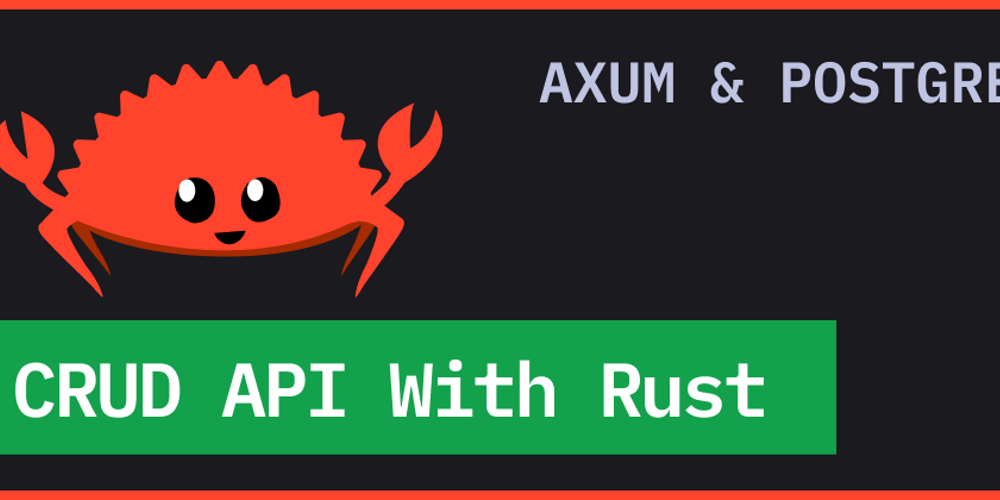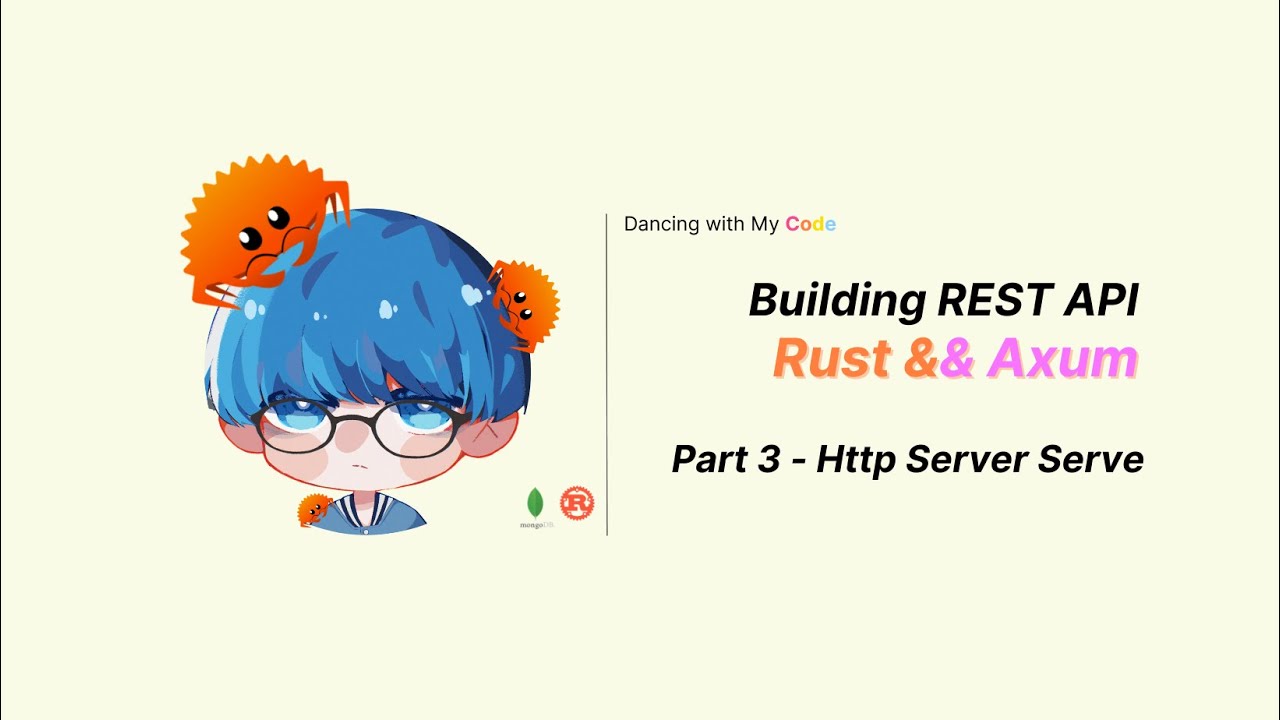[Building a REST API with Rust and Axum Framework]
[Executive Summary]
This comprehensive guide will delve into the process of building a robust and efficient REST API using Rust and the Axum framework. We will explore the fundamental concepts of REST APIs, the advantages of using Rust, and the key features of the Axum framework that make it an ideal choice for building modern APIs. We will then dive into practical examples, demonstrating how to create endpoints, handle requests, and respond with data.
[Introduction]
In the world of modern software development, REST APIs play a crucial role in enabling seamless communication between different applications. Rust, a systems programming language known for its performance, reliability, and memory safety, has gained immense popularity for building high-quality APIs. Axum is a powerful web framework that leverages Rust’s strengths to simplify the development of efficient and scalable REST APIs.
[FAQs]
1. What is a REST API?
- REST stands for REpresentational State Transfer. It is an architectural style for designing web services that allow clients and servers to interact using a standardized set of rules.
- REST APIs rely on HTTP methods like GET, POST, PUT, and DELETE for performing operations.
- They are designed to be stateless, meaning each request is independent of previous requests.
- REST APIs are typically resource-oriented, where data is accessed and manipulated through resources.
2. Why choose Rust for building APIs?
- Rust’s memory safety guarantees prevent common vulnerabilities like memory leaks and buffer overflows, making it ideal for building secure and robust APIs.
- Rust’s performance is unmatched, making it a perfect choice for applications demanding high throughput and low latency.
- Rust has a rich ecosystem of libraries and tools specifically designed for building web applications, including Axum.
- Rust’s static typing ensures code clarity and reduces the risk of runtime errors.
3. What makes Axum stand out as a REST API framework?
- Axum is built on top of tokio, a Rust runtime for asynchronous programming, making it highly efficient for handling concurrent requests.
- Axum provides a declarative and expressive API, enabling developers to write concise and readable code.
- Axum offers seamless integration with other popular Rust libraries, such as hyper for low-level HTTP communication and serde for data serialization and deserialization.
- Axum’s extensible architecture allows you to easily customize and extend its functionality to meet specific needs.
[Setting up a Development Environment]
- Install Rust: Download and install the Rust toolchain from the official website. You can check the installation by running
rustc --versionin your terminal. - Install Cargo: Cargo is Rust’s package manager and build system. It is included with the Rust toolchain.
- Install Axum: Use Cargo to install the Axum framework:
cargo add axum - Create a New Project: Create a new Rust project using Cargo:
cargo new my-axum-api - Navigate to the Project Directory:
cd my-axum-api - Install Dependencies: Install any additional dependencies you may need using Cargo, like serde_json for JSON serialization and deserialization.
[Defining API Endpoints]
- Define Route Handlers: In Axum, routes are defined using route handlers, which are functions that process incoming requests and generate responses.
- Use Route Attributes: The
#[axum::routing]attribute allows you to define the HTTP method and path for each route handler. - Extract Request Data: Axum provides convenient methods for extracting data from incoming requests, including query parameters, headers, and request bodies.
- Return Responses: Route handlers should return a
Responseobject containing the response data and status code.
[Handling Request Data]
- Query Parameters: Axum allows you to easily access query parameters from requests using the
axum::extract::Queryextractor. - Request Body: You can extract request bodies as raw bytes or parse them into structured data using serde.
- Headers: Axum provides the
axum::extract::Headerextractor to access headers from requests. - Path Parameters: Axum supports extracting path parameters using the
axum::extract::Pathextractor.
[Data Serialization and Deserialization]
- Serialization: Rust has powerful serialization libraries like serde_json that allow you to convert data structures into JSON format for transmission over the network.
- Deserialization: The
serde_jsonlibrary can also be used to parse JSON data received from clients into Rust structs. - Custom Serializers: You can create custom serializers and deserializers for your data types to meet specific needs.
- Validation: Use libraries like **serde_json::from_str` to ensure that the received JSON data conforms to the expected structure and data types.
[Error Handling]
- Catching Errors: Axum supports handling errors with the
axum::error::Errortype. - Custom Error Types: Define custom error types to provide more specific error information.
- Error Responses: Return appropriate HTTP status codes and error messages to clients based on the type of error encountered.
- Logging: Use logging libraries like env_logger to track errors and debug issues during development.
[Conclusion]
Building a REST API with Rust and Axum is a powerful and efficient approach that combines the advantages of a modern, statically typed language with a robust and scalable web framework. Axum’s ease of use, performance, and extensibility make it an ideal choice for developing APIs that meet demanding requirements. By leveraging the principles of REST and the features of Axum, you can create reliable, maintainable, and high-performance REST APIs that power your applications and services.
[Tags]
Rust, Axum, REST API, Web Development, API Design, JSON, HTTP, Data Serialization, Error Handling








